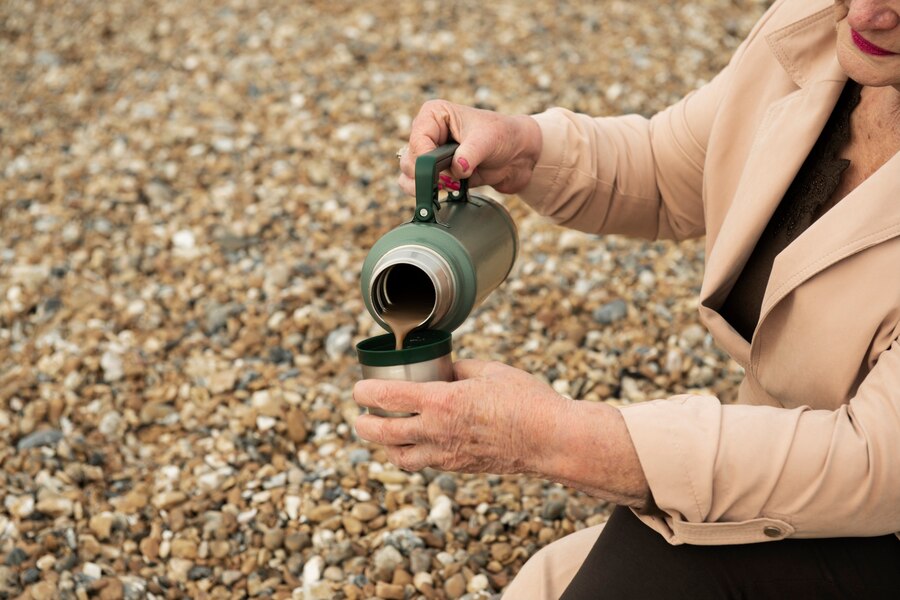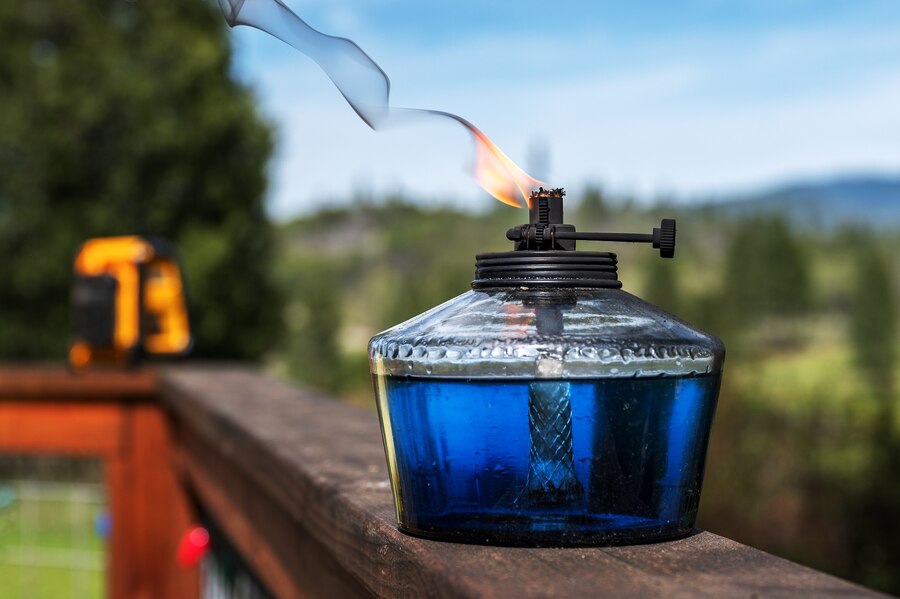Solar lighters are gaining attention as an eco-friendly alternative to traditional lighters, offering a sustainable way to start a fire without using gas or flint. These lighters rely solely on solar energy, making them ideal for campers, hikers, survivalists, and anyone interested in reducing their environmental footprint. This guide will cover everything you need to know about solar lighters, from how they work to their benefits and tips for effective use.
What is a Solar Lighter?
A solar lighter is a portable device that harnesses sunlight to create enough heat to ignite flammable materials. It uses a reflective parabolic dish or magnifying lens to focus sunlight onto a specific point, generating the heat needed to start a fire. Unlike traditional lighters, solar lighters don’t require fuel, making them a reusable, eco-friendly fire-starting solution.
How Solar Lighters Work
Solar lighters operate on a simple principle: focusing sunlight to create heat. There are two main types of solar lighters:
Parabolic Solar Lighters: These lighters have a reflective parabolic mirror that concentrates sunlight onto a small focal point where you place your tinder (e.g., dry leaves or paper). When sunlight is focused at the right angle, it generates enough heat to ignite the tinder.
Magnifying Glass Solar Lighters: These use a large, high-powered magnifying lens to focus sunlight onto a single point. Similar to a parabolic lighter, the concentrated sunlight can ignite flammable materials.
Both types are lightweight and portable, making them convenient for outdoor use.
Benefits of Solar Lighters
Solar lighters have several advantages that make them appealing for eco-conscious consumers and outdoor enthusiasts:
Eco-Friendly: Solar lighters don’t use fuel, meaning they produce no emissions and reduce waste compared to disposable gas lighters.
Reusable: Since they rely on sunlight, solar lighters can be used indefinitely as long as there is sunlight available.
Cost-Effective: After the initial purchase, solar lighters cost nothing to use, saving money on fuel and replacement lighters over time.
Compact and Lightweight: Solar lighters are generally small and easy to pack, making them ideal for camping and outdoor adventures.
Safe and Non-Toxic: They eliminate the risk of chemical exposure from fuel, making them a safer option, especially for families with children.
Using a Solar Lighter: Step-by-Step Guide
Here’s how to use a solar lighter effectively:
Select Your Tinder: Choose dry, flammable tinder, such as paper, dry leaves, or small twigs. The drier the tinder, the easier it will ignite.
Position the Solar Lighter: Place the solar lighter in direct sunlight and position the parabolic mirror or magnifying lens to focus the light on your tinder. Adjust the angle until the light is concentrated to a bright, small spot on the tinder.
Wait for Ignition: Hold the solar lighter steady, allowing sunlight to concentrate on the tinder. In a few seconds to a minute, the tinder should start smoking and eventually ignite.
Transfer to a Fire: Once your tinder is burning, carefully transfer it to your main fire setup, such as a fire pit or fireplace, to start a larger flame.
When and Where Solar Lighters Work Best
Solar lighters are most effective in clear, sunny conditions with direct sunlight. They are best suited for use during daytime outdoor activities like camping, hiking, or picnics. Keep in mind that they may be challenging to use on overcast days or in shaded areas where sunlight is limited.
Top Features to Look for in a Solar Lighter
When shopping for a solar lighter, consider these important features:
Material Quality: Look for durable, heat-resistant materials like stainless steel or high-quality plastic to ensure longevity.
Portability: Choose a lightweight model that’s easy to pack and carry, especially if you plan to take it on outdoor trips.
Ease of Use: Some models are easier to angle and adjust than others, so consider ease of handling.
Tinder Holder: Certain parabolic lighters have a built-in tinder holder for added convenience.
Weather Conditions Compatibility: Consider models designed for specific conditions if you live in an area with limited sunny days.
Pros and Cons of Solar Lighters
While solar lighters are a great sustainable option, they come with both advantages and disadvantages:
Pros: Eco-friendly, reusable, cost-effective, lightweight, safe
Cons: Limited usability in cloudy or low-light conditions, slower than traditional lighters, requires direct sunlight
Solar Lighters vs. Traditional Lighters

Solar lighters offer unique benefits but differ significantly from traditional lighters. While traditional lighters are convenient for quick ignition in any weather, solar lighters are more sustainable and cost-effective in the long run. For frequent outdoor enthusiasts or anyone trying to reduce their carbon footprint, a solar lighter can be an excellent addition to your gear.
Conclusion
Solar lighters provide an innovative, eco-friendly way to start a fire without the need for fuel or electricity. While they may require a bit more patience and practice than traditional lighters, their environmental benefits and reusability make them an excellent choice for campers, hikers, and survivalists. Investing in a high-quality solar lighter can save you money over time and offer a reliable fire-starting solution powered by the sun.
FAQs
Can I use a solar lighter on a cloudy day?
Solar lighters require direct sunlight, so they are less effective in cloudy or shaded conditions.
Are solar lighters safe to use?
Yes, they are safe and eliminate the risk of chemical exposure from fuel-based lighters.
How long does it take to ignite tinder with a solar lighter?
With direct sunlight, ignition can occur within seconds to a minute, depending on the tinder type and solar intensity.
What types of tinder work best with a solar lighter?
Dry materials like leaves, paper, and small twigs are ideal as they ignite quickly with focused sunlight.
Can a solar lighter replace a traditional lighter?
While it’s excellent for outdoor use, a solar lighter may not be a practical replacement in low-light or indoor situations.
